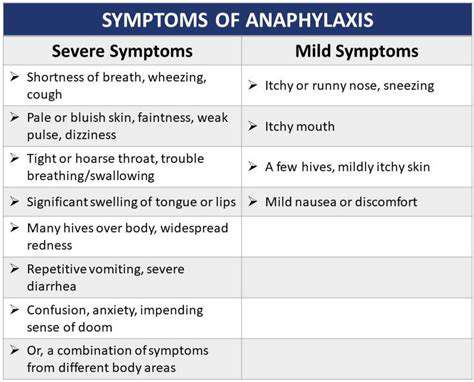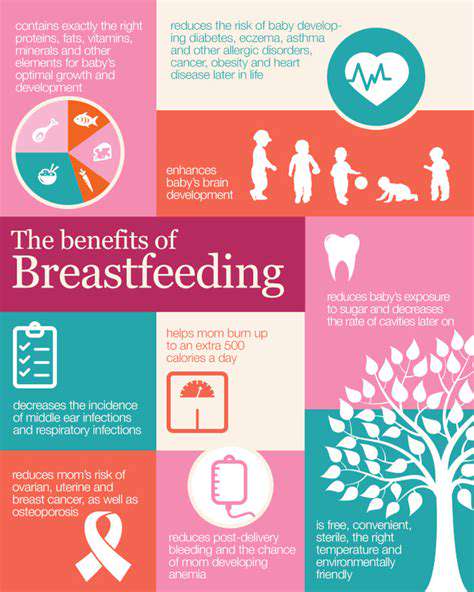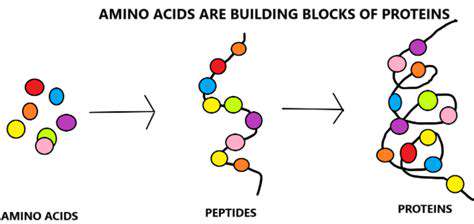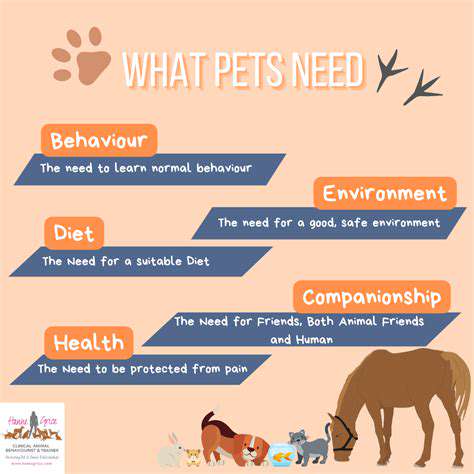Socialization for Cats: Building Confidence

Creating a Safe and Stimulating Environment
Creating a Safe Space
Every feline companion deserves a sanctuary where they can feel completely at ease. This goes beyond simple physical protection - it's about crafting an emotional refuge where whiskers can relax. Sudden loud sounds, unfamiliar objects, or new animal smells can trigger anxiety in our furry friends. A dedicated retreat space, perhaps a plush cat cave or a favorite blanket fort, gives them control over their comfort levels. This special area should smell like home, with familiar bedding and maybe even an unwashed t-shirt carrying your scent.
Observe your cat's natural tendencies when setting up this personal haven. Many felines prefer elevated vantage points where they can survey their domain safely. Consider installing wall-mounted shelves or a cat tree near a window. Keep pathways to this area clear of obstacles, ensuring immediate access whenever your companion needs privacy.
Stimulating Exploration and Play
Our whiskered friends possess boundless curiosity that demands satisfying. Creating engaging activities supports both their mental acuity and physical health - critical elements for social development. Instead of expensive toys, try crumpled paper balls or cardboard boxes which often prove more fascinating than store-bought items. Hide treats in muffin tins covered with tennis balls for homemade puzzle feeders that challenge their problem-solving skills.
Rotate playthings every few days to maintain novelty. Combine different textures like crinkly foil, soft fabrics, and smooth wood to engage all senses. For outdoor enrichment, grow cat-friendly plants like valerian or silver vine in accessible pots. These natural stimulants often prove irresistible to feline explorers.
Introducing Controlled Socialization
Successful social experiences should never feel forced. Begin with brief, positive encounters in neutral territory where your cat sets the pace. Watch for subtle stress signals - if ears rotate sideways or pupils dilate, it's time for a break. Pair every new introduction with high-value rewards like tuna flakes or chicken bits to build positive associations. Over multiple sessions, gradually increase exposure duration as comfort levels grow.
Understanding Feline Body Language
Becoming fluent in cat communication transforms human-feline relationships. Notice how tail positions, ear angles, and whisker placement convey complex emotions. A slowly blinking cat demonstrates trust, while flattened whiskers may indicate discomfort. Respecting these silent messages prevents misunderstandings and deepens your bond. When your companion approaches with an upright tail and relaxed posture, they're signaling readiness for positive interaction.
Positive Interactions with People and Other Animals

Building Positive Relationships
Meaningful connections flourish when we prioritize authentic engagement over superficial exchanges. True listening - the kind where we focus completely without planning our response - forms the foundation of trust. Each individual brings unique experiences that shape their worldview; acknowledging these differences enriches our collective understanding. Basic courtesy and respect should extend to all creatures, regardless of species or background.
Relationship-building requires patience and self-awareness. We must continually examine our own assumptions while creating space for others to express themselves freely. The most rewarding connections often develop when we embrace discomfort and remain open to perspectives that challenge our own.
Effective Communication Strategies
Clarity and consideration make interactions smoother for all parties. Practice reflective listening by paraphrasing what you've heard to confirm understanding. Choose words carefully during sensitive discussions, remembering that tone carries as much meaning as content. A simple pause before responding can transform reactive exchanges into thoughtful dialogues.
Nonverbal signals frequently speak louder than words. An open posture and appropriate eye contact demonstrate engagement, while mirroring another's body language can create subconscious rapport. With animals, avoid direct stares which may feel threatening - instead, try slow blinks to communicate friendly intentions.
Respect and Empathy in Action
Genuine respect manifests through consistent actions, not just polite words. Validate others' experiences without immediately offering solutions - sometimes people simply need to feel heard. With pets, this means honoring their boundaries and not forcing interaction when they signal discomfort. Small gestures like knocking before entering a cat's space demonstrate consideration for their autonomy.
The Impact of Positive Interactions
Quality connections act as emotional nourishment for all living beings. When we prioritize positive engagement, we create ripples that extend far beyond individual encounters. These meaningful exchanges reduce isolation, lower stress hormones, and even strengthen immune function. For social species like humans - and even solitary ones like cats - appropriate interaction remains vital for wellbeing.
Each positive encounter plants seeds for future understanding. As we navigate diverse relationships, we expand our capacity for compassion while helping others do the same. This ongoing practice ultimately weaves stronger social fabrics in our homes and communities.
Read more about Socialization for Cats: Building Confidence
Hot Recommendations
- Best Pet Bowls: Stainless Steel and Ceramic
- Pet Hydration: Why It's Crucial
- Stop Counter Surfing: Training Your Dog to Stay Off
- Pet Hypothyroidism: Symptoms and Management
- Signs of Pet Liver Disease: What to Watch For
- Pet Emergency Kits: What to Pack
- Dangers of Xylitol: Toxic to Dogs
- Dealing with Pet Diarrhea: When to See a Vet
- Preparing Pets for Travel: Tips for a Smooth Trip
- Pet Depression: Recognizing the Signs











